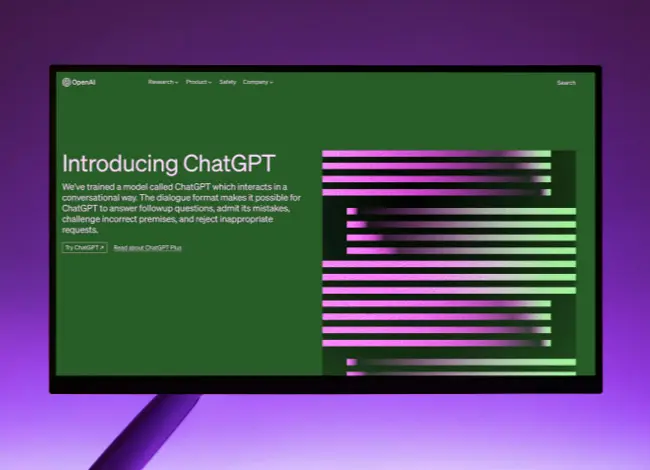GraphQL is a powerful query language that is widely used for developing modern web applications. However, just like any other web application, GraphQL applications are not immune to security vulnerabilities. As a result, it is essential to conduct pentesting of GraphQL applications to identify any potential security weaknesses that could be exploited by attackers. In this blog, we will discuss what GraphQL is and why it is important to conduct pentesting of GraphQL applications. We will also provide some tips and techniques for conducting effective GraphQL pentesting.
What is GraphQL?
GraphQL is a query language for APIs developed by Facebook. It enables developers to request the specific data they need from an API in a declarative manner, simplifying data management and reducing the number of API requests. GraphQL is also built to be strongly typed, meaning the API schema is defined in a way that is straightforward to understand and utilize.
Why is GraphQL Pentesting Important?
GraphQL applications face similar security risks as other web applications. Common vulnerabilities in GraphQL applications include the same types of security issues found in traditional web applications.
Injection attacks:
These attacks occur when an attacker is able to inject malicious code into a GraphQL query or mutation, allowing them to manipulate or access sensitive data.
Authentication and authorization issues:
GraphQL applications can be vulnerable to attacks that exploit weaknesses in authentication and authorization mechanisms.
Insecure GraphQL endpoints:
A GraphQL endpoint that is not properly secured can expose sensitive data or allow unauthorized access to the application.
Conducting GraphQL Pentesting
The following are some tips and techniques for conducting effective GraphQL pentesting:
- Understanding the Application Architecture:
Before performing any penetration testing, it’s crucial to have a comprehensive understanding of the GraphQL application’s architecture. This includes familiarizing yourself with the GraphQL schema, resolvers, and other key components of the application.
- Testing for Injection Attacks:
Injection attacks are one of the most common vulnerabilities in GraphQL applications. It is essential to test for injection attacks by sending malicious queries and mutations to the application to see if it is possible to inject malicious code.
- Testing for Authentication and Authorization Issues:
GraphQL applications can be vulnerable to attacks that exploit weaknesses in authentication and authorization mechanisms. It is important to test for these vulnerabilities by attempting to bypass authentication and authorization mechanisms.
- Testing for Insecure Endpoints:
GraphQL endpoints that are not properly secured can expose sensitive data or allow unauthorized access to the application. It is important to test for these vulnerabilities by attempting to access restricted data and resources.
- Conducting Fuzzing:
Fuzzing is a technique that involves sending a large number of random requests to an application in order to identify vulnerabilities. Fuzzing can be effective in identifying vulnerabilities in GraphQL applications.
Conclusion
Pentesting is an essential process for ensuring the security of GraphQL applications. By identifying potential security vulnerabilities, organizations can take steps to mitigate these risks and protect their applications from attacks. By following the tips and techniques outlined in this blog, security professionals can conduct effective pentesting of GraphQL applications and ensure their applications remain secure.


